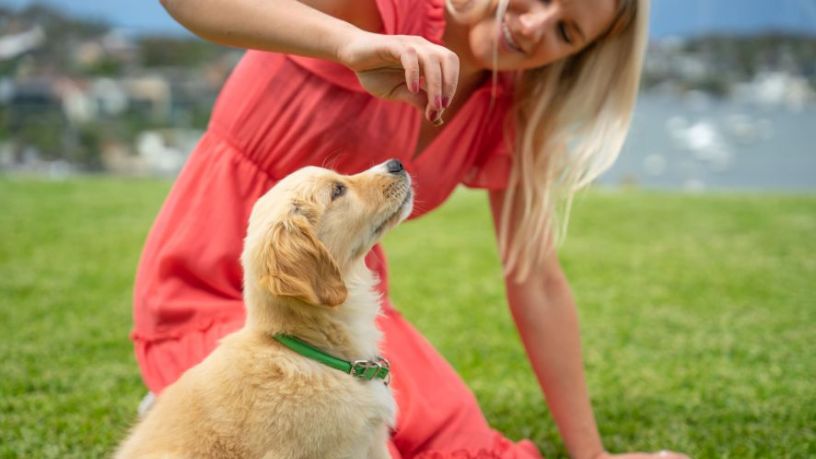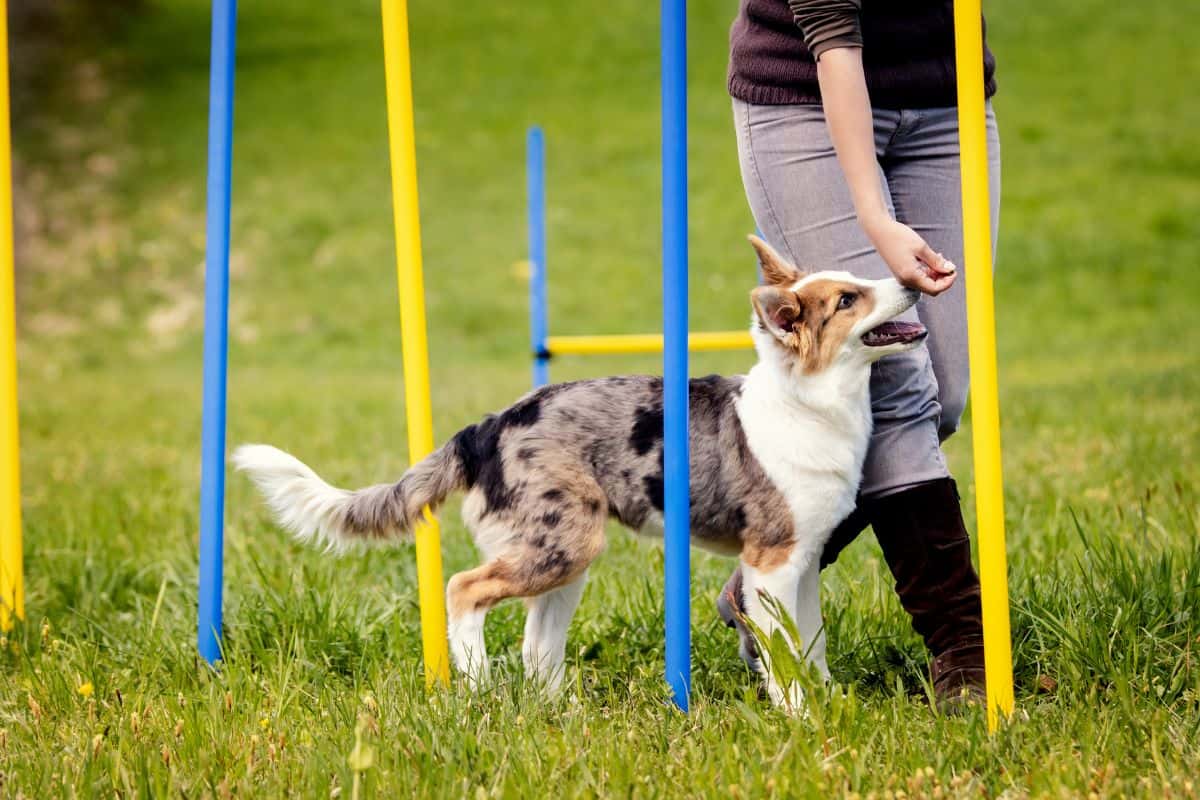
Understanding Dog Aggression Toward Other Animals
Share
As a health-conscious pet owner, you are likely quite invested in both the mental and physical well-being of your furry companions. An often distressing behavior that can disrupt harmony in multianimal households or during social walks is dog aggression towards other animals. This phenomenon not only affects your dogs health but also poses a challenge to maintaining peace in your home and community.
Understanding the causes of this aggression is pivotal. This article delves into the underlying reasons, provides sensible solutions to curb such behavior, and promotes a healthy environment for your beloved pets.

What Triggers Dog Aggression Toward Other Animals?
A myriad of factors can ignite aggressive tendencies in dogs. From territorial instincts to fear-induced reactions, let's explore what might be causing your dog to lunge or bark at other animals.
Instinctual Drives: Dogs have been domesticated over centuries, yet the primal instincts of territorial behavior and prey drive remain ingrained in their DNA. They might perceive another animal as a threat to their territory, prompting aggressive actions.
Fear and Anxiety: Dogs, like humans, can experience anxiety around unfamiliar or intruding animals. Often, aggression is a defense mechanism when a dog feels threatened.
Socialization Deficits: A lack of exposure to other animals during the socialization window (generally between 3 weeks and 3 months of age) can lead to fear and aggression later in life.
Practical Steps for Mitigating Aggression
As daunting as aggressive behavior may seem, there are practical ways to manage and mitigate it effectively.
Professional Training: Enlist the help of a certified dog trainer specializing in aggression. By introducing controlled environments and positive reinforcement, a professional can guide your dog towards more amicable interactions.
Consistent Training at Home: Consistency in training is crucial. Use commands like leave it or stay to instill discipline, rewarding calm behavior around other animals.
Maintaining a Healthy Environment
Beyond addressing aggression, ensuring your pet has a nurturing environment is vital.
Consider integrating socialization opportunities into your dogs routine from an early age. Attend dog parks or pet-friendly events, gradually and safely introducing your dog to different animals.
Implement activities that channel their energy positively. Regular exercise, mental challenges like puzzle toys, and even dog sports can help in burning off pent-up energy and lowering stress levels.
When to Seek Veterinary Assistance
Sometimes, aggressive behavior may be symptomatic of underlying health issues.
Schedule a veterinary check-up to rule out any medical conditions that might be contributing to aggression. Consulting a behavioral specialist can also be beneficial if aggression persists despite enhanced training and environmental adjustments.

Frequently Asked Questions
What should I do if my dog shows aggression towards specific animals?
Begin by observing patterns in the aggression, and gradually desensitize your dog to the specific animal through controlled exposure and positive reinforcement tactics alongside a professional trainer.
How can I safely introduce a new pet to my aggressive dog?
Introduce them in a neutral setting, keeping the initial interactions brief and rewarding non-aggressive behavior. Its advisable to keep them separated when unsupervised until trust is established.
Will neutering/spaying help reduce aggression?
Spaying or neutering can reduce aggression related to hormonal influences, although it is unlikely to resolve all forms of aggression. Combine medical intervention with behavioral training for best results.
This article contains affiliate links. We may earn a commission at no extra cost to you.
